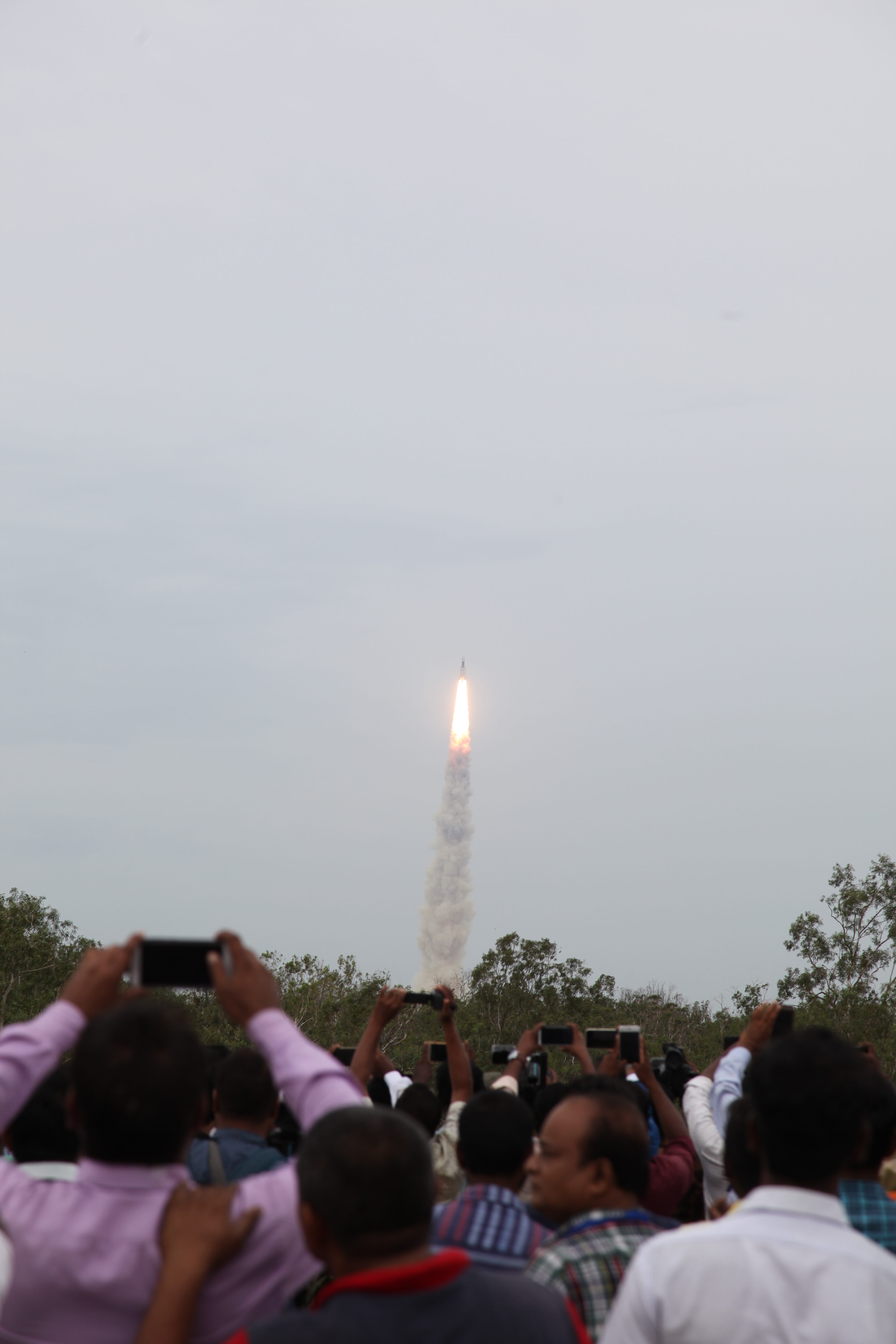Search This Blog
Welcome to my technology blog, where I explore the latest trends, advancements and breakthroughs in the world of tech. From AI and machine learning to robotics, virtual reality, and more, I aim to bring you insightful analysis, engaging commentary, and thought-provoking discussions on the most cuttingedge topics.Whether you're a tech enthusiast, industry insider or just curious about the latest developments,you'll find something informative and entertaining here. Join me as we will be the change
Featured
- Get link
- X
- Other Apps
India loses contact with spacecraft during historic moon landing attempt
India’s attempt to become the first nation to soft land a robotic spacecraft at the moon’s South Pole, an unexplored region, has ended in failure, the space agency said Saturday.
Less than two miles above the lunar surface, the Vikram lander (named after Vikram Sarabhai, the father of India’s space program) lost communications with the mission control.
A live broadcast from ISRO, India’s equivalent of NASA, showed scientists grow tense as the control station struggled to get a signal from the lander.
India’s Prime Minister Narendra Modi, who was watching the landing attempt, offered words of encouragement to the scientists and children, who had accompanied him at the ISRO campus.
“Be courageous. Our faith in ISRO has not lost. I can proudly say that the effort was worth it and so was the journey. We are full of confidence that when it comes to our space program, the best is yet to come,” he said.
Space is hard. The lunar surface is filled with debris of spacecrafts that have attempted and failed to land in one piece. Because there is little to no atmosphere on the moon, parachutes can’t be used, leaving landers to rely completely on thrusters to modulate the speed.
Chandrayaan-2, a roughly $140 million mission, is, in part, intended to study moon craters that are believed to contain water deposits, something Chandrayaan-1 found in 2008.
A successful touchdown would have made India the fourth country to successfully complete a soft landing on the lunar surface. So far, only the former Soviet Union, the U.S., and China have accomplished it.

Photo by Pallava Bagla/Corbis via Getty Images
The 142-foot tall spacecraft that blasted off Satish Dhawan Space Centre, Sriharikota in Andhra Pradesh on July 15 carried an orbiter, a lunar lander, and a six-wheeled rover. The lander and rover were expected to operate for just a couple of weeks, but the orbiter, which detached from the lander earlier this week, will continue to operate for about seven years, the space agency said.
ISRO has come a long way and specialized in low-cost space launches since the early 1960s, when components of rockets were transported by bicycles and assembled by hand in the country.
In 2013, ISRO also launched an orbiter to Mars in its maiden $74 million interplanetary mission — a fraction of the $671 million NASA spent for a Mars mission in the same year. In 2017, ISRO also deployed a record 104 satellites into space in just 18 minutes.
Keep moving forward. All other nations that do not have the same capability or opportunity as India, including Thailand, are inspired by ISRO’s achievemments to date & future achievements to come. Jai Hind! https://t.co/BKm8hXbaEs
— Chutintorn Sam Gongsakdi (@Chutintorn_Sam) September 7, 2019
Earlier this year, ISRO said it intends to have its own space station in the future and conduct separate missions to study the Sun and Venus. It will begin working on its space station following its first manned mission to space, called Gaganyaan (which means “space vehicle” in Sanskrit), in 2022 — just in time to commemorate 75 years of the country’s independence from Britain. The government has sanctioned Rs 10,000 crores ($1.5 billion) for the Gaganyaan mission.
- Get link
- X
- Other Apps
Popular Posts
What Is Chat GPT? – what is it used for?
- Get link
- X
- Other Apps
India’s first private rocket, built by startup Skyroot, makes successful launch
- Get link
- X
- Other Apps

Comments
Post a Comment